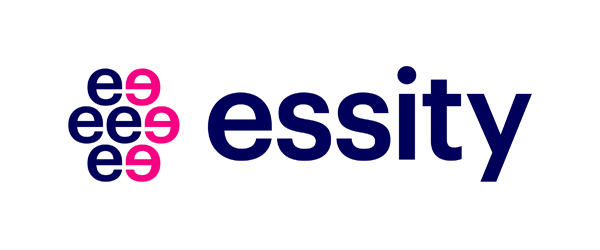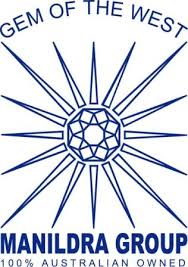Optimization of the carbon conversion of forest residues into renewable biofuels through the addition of hydrogen
Mathieu Pominville-Racette
University of Quebec in Trois-Rivières
Keywords: biomass, forest, agricultural, biofuels, hydrogen
Biomass gasification methods are becoming increasingly mature worldwide to convert low-value forest or agricultural residues to biofuels. While several industrial-scale projects are under development, the economic viability of such projects still needs to be improved. As biomass is hydrogen deficient, most of the biomass carbon actually ends up as CO2 during gasification. Carbon conversion into fuel may be significantly improved by adding external hydrogen. It may be done during the syngas composition adjustment step or even by a reverse water gas shift reaction which will convert CO2 to CO. The approach going at the opposite to traditional thinking where a water gas shift reaction is used to produce more hydrogen at the detriment of the CO content in the syngas.
The non-standard approach proposed would enable for a given quantity of biomass to improve biofuel production up to doubling it in specific cases. The innovative recent concept of carbon conversion optimization for biofuel production has been suggested as one of the most effective and viable pathways to reduce fossil fuel use. The main challenge is of course the need for for large, low cost, low carbon intensity quantities of hydrogen. Based on literature date, our simulations show how different parameters could affect optimization costs, environmental impacts, and risks. The technical, economic, and environmental analysis carried out for different scenarios shows promising opportunities. The study was conducted as part of the BioÉnergie La Tuque (BELT) biorefinery project) which plans to convert 650,000 tons per year of forest harvest residues into renewable fuels in the province of Québec.

Mathieu Pominville-Racette is presently doing a master on the optimization of biofuel production by the addition of hydrogen under the supervision of Patrice Mangin, director of The Bioénergie La Tuque project. The Master's degree takes place at the Université du Québec à Trois-Rivières and at the Université Pagora Grenoble INP in a bi-diploma program on biomaterials and biorefineries. He previously studied biotechnology in his undergraduate degree at Sherbrooke University.





































